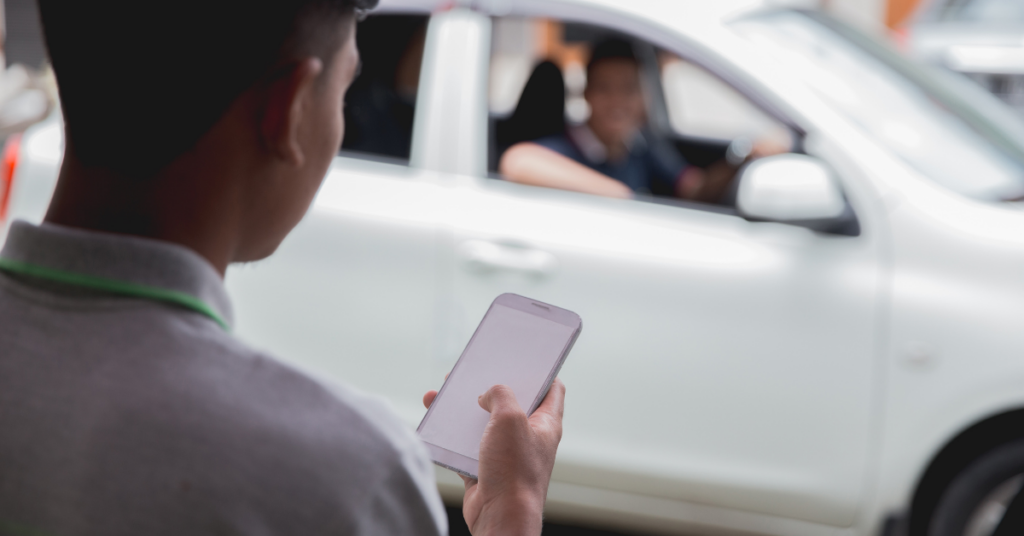Uber’s One Less Car Challenge has given us a fresh glimpse of life without a personal car. The results are promising.
In a month-long trial, 170 volunteers across seven North American cities explored a lifestyle without personal vehicles. The findings suggest that giving up a car doesn’t just save money or reduce emissions; it offers unexpected, positive changes.
Participants reduced personal car use by a staggering 97%. They replaced most trips with a combination of public transit, carpooling, walking, biking, and Uber rides. This “multimodal” system proved that alternatives to personal vehicles can indeed work.
However, success depends on convenience. For many, access to various transportation options made all the difference. Public transit, walking, and carpooling were the top choices, each used for about one-fourth of all trips.
Uber rides served specific needs, like late-night travel or carrying heavy items. This mix shows how a blend of options can support everyday routines.
Surprisingly, the benefits went far beyond just practical considerations. Participants noted enhancements in both physical and mental well-being, frequently experiencing increased energy levels.
With no need to worry about traffic or parking, many felt a weight lifted off their shoulders.
The lack of a car also reshaped social lives. Participants discovered new places and local businesses. They reported feeling more connected to their communities, spending more time with neighbors, and supporting nearby shops.
In a small but significant way, the absence of a car led to a more profound sense of belonging.
For many, adapting to a car-light life took about two weeks. The initial period felt challenging, with some feeling the need for more flexibility that a car offers. But with time, most adjusted.
Unfortunately, some barriers persisted. A reliable car-light lifestyle isn’t possible everywhere. The infrastructure fell short in some places, with participants pointing to poorly maintained bike lanes, disconnected sidewalks, or uncomfortable bus shelters.
For a car-free life to work, cities must provide well-connected transportation options.
Still, by the end of the trial, three-quarters of participants said they planned to drive less. Most also intended to use alternative transportation more often. Many realized that a car isn’t always necessary.
A shift toward a car-light lifestyle became a real option.
But success relies on options. To replace a personal car, people need access to four reliable transportation modes. This “rule of four” aligns with findings from a similar 2023 trial in Australia. It shows that people are open to change when they have viable choices.
Public transit emerged as one of the best alternatives. Walking and carpooling also served as popular options. Public transit, biking, and sidewalks connect well, enabling a smoother transition to car-light living. Unfortunately, infrastructure issues, like unmaintained sidewalks and incomplete bike lanes, still make it difficult in some areas.
Some needed help finding options that fit specific needs. Uber’s ride-hailing service made late-night travel more accessible. It helped when participants required a safe, convenient option at odd hours.
Uber also came in handy for trips requiring heavy or bulky items. But for most trips, people choose transit, walking, or biking when possible.
Unexpected benefits further motivated participants. In addition to saving on fuel and parking, many felt less stressed. They noticed improvements in mental health and higher energy levels. Not dealing with traffic left them feeling lighter and less rushed.
Social lives also transformed. Freed from the car, many spent more time exploring their neighborhoods. They found new restaurants, shops, and parks near their homes. Some even made new friends or became closer to their neighbors.
Despite the success, challenges remain. For example, some participants missed the freedom and flexibility of having a car ready to go. Even so, they learned to plan differently, choosing alternative modes instead of relying on a personal vehicle.
However, if cities improve their infrastructure, these challenges could decrease. Well-maintained bike lanes, connected sidewalks, and reliable public transit can make a difference. These elements are vital for making car-light living sustainable.
Uber’s experiment highlights an opportunity. Cities have a chance to reimagine transportation in a way that benefits everyone. With around 233 million private vehicles in the U.S., shifting away from “one person, one car” could reduce emissions and congestion.
It could also reclaim urban spaces for pedestrians, cyclists, and green areas.
This vision requires commitment. Cities need to create networks that serve a wide range of mobility needs. When transportation is reliable and convenient, more people will embrace car-light living.
Ultimately, the One Less Car Challenge shows people are ready for change. If given practical, reliable alternatives, they will leave cars behind. The benefits extend beyond cost savings and environmental impact. A car-light lifestyle fosters healthier, more connected communities.
Uber’s findings offer a roadmap for cities supporting a sustainable future. A car-light life is possible. However, success depends on reliable, accessible infrastructure that meets diverse needs.
As cities make these changes, more people can feel confident reducing car use. They’ll know they have options. And in return, we may see more sustainable, vibrant, and livable cities.
Uber’s One Less Car Challenge paints a hopeful picture. It shows that with the right tools, we can achieve a more sustainable, community-focused way of life.
It’s a vision of cities built around people, not cars, and it’s within reach if cities commit to making it happen.
